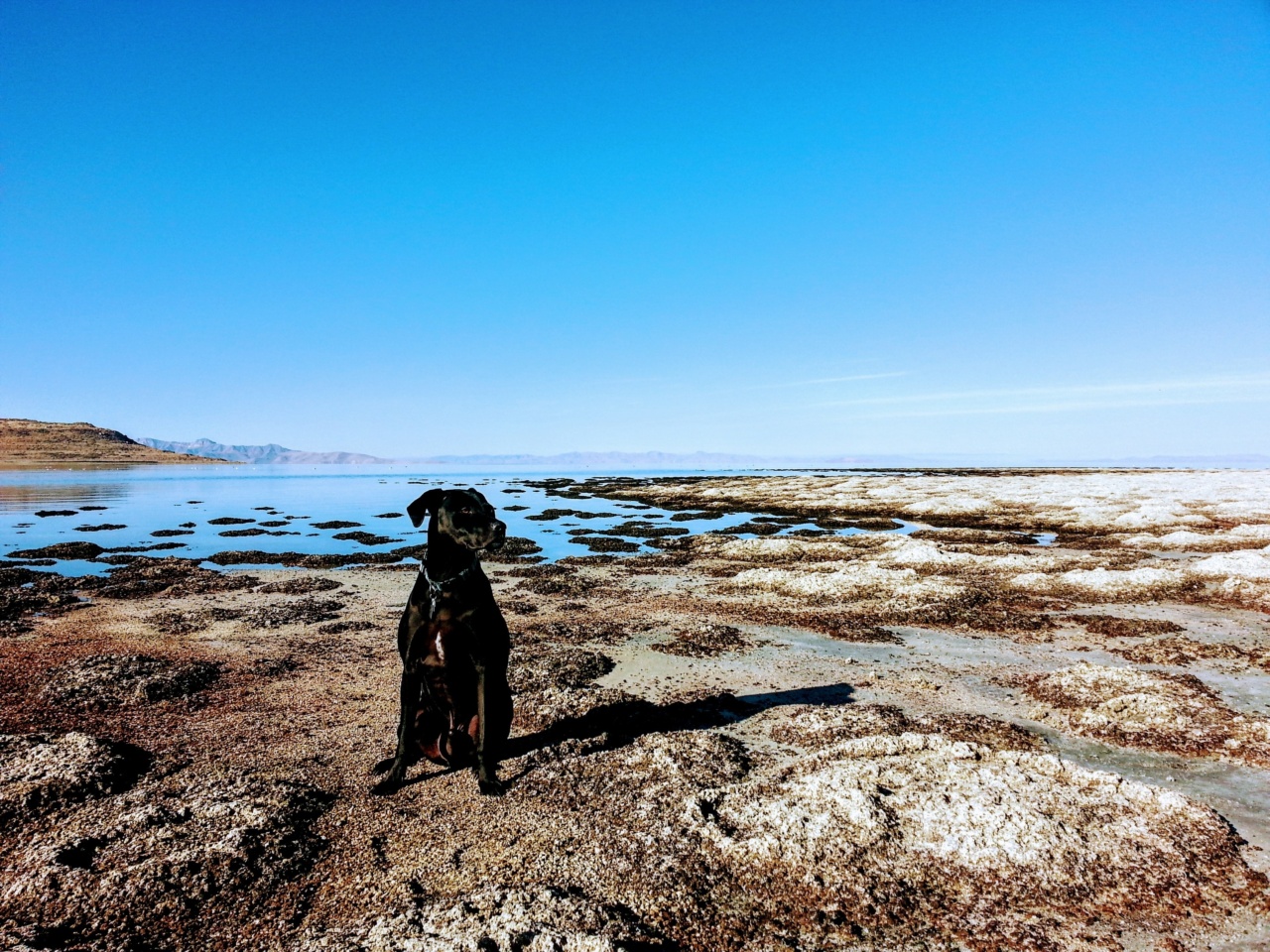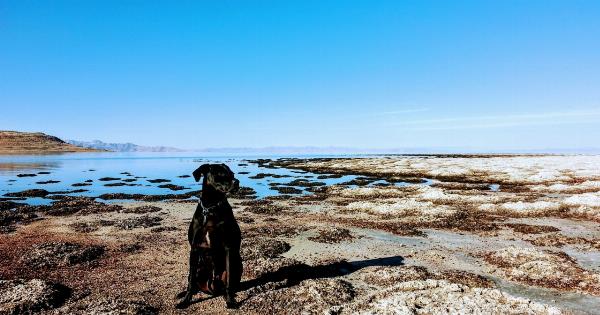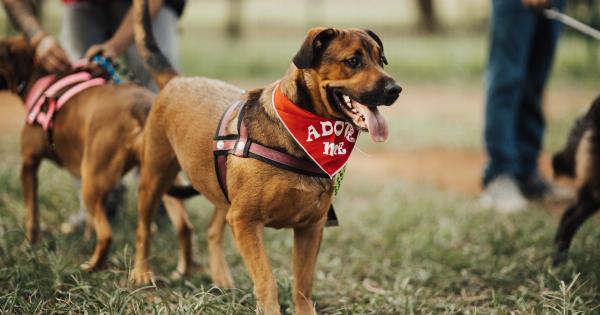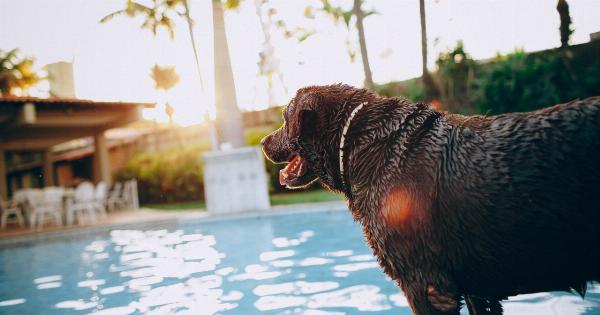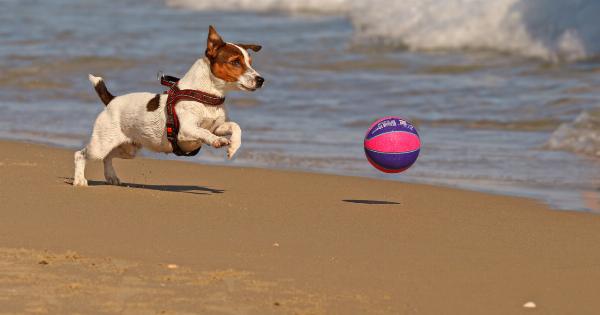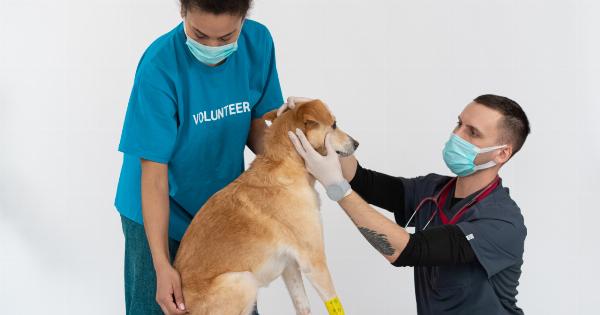Spending a day at the beach with your furry companion can be an enjoyable experience for both you and your dog. However, it is important to be aware of the potential dangers and risks that dogs may face at the beach.
One of the critical precautions to take is to never leave your dog alone at the beach. In this article, we will discuss the various beach dangers that can pose a threat to your dog’s safety and provide useful tips on how to protect your four-legged friend.
1. Heatstroke
Beaches can often get scorching hot, and your dog is more susceptible to heatstroke compared to humans. Leaving your dog alone under the sun without shade or water can quickly lead to heat exhaustion or heatstroke.
It is crucial to provide your dog with ample shade and fresh water throughout your beach visit. Additionally, avoid taking your dog to the beach during the hottest times of the day and monitor closely for signs of overheating such as excessive panting, drooling, or lethargy.
2. Sunburn
Dogs, especially those with short hair or light-colored coats, are susceptible to sunburn just like humans. When spending time at the beach, it is important to provide your dog with protection from harmful UV rays.
Apply pet-safe sunscreen to exposed areas such as the nose, ears, and belly. In addition, consider using a doggy beach umbrella or providing shade with a beach tent or canopy to shield your dog from direct sunlight.
3. Dehydration
With all the playing and running around, dogs can easily become dehydrated at the beach. Always carry fresh water for your dog to drink, and frequently offer small amounts throughout the day.
Avoid allowing your dog to drink seawater as it can lead to saltwater poisoning and further dehydration. Signs of dehydration include dry gums, sunken eyes, and excessive panting. Ensure your dog has access to water and monitor their hydration levels regularly.
4. Foreign Objects
Beaches often have a diverse range of objects and debris, some of which can pose a significant risk to dogs. Broken glass, sharp shells, fishing hooks, and other hazardous materials can cause serious injuries to your pet.
When your dog is exploring the beach, keep a close eye and prevent them from picking up or chewing on anything unusual. Train your dog to obey commands such as “drop it” to minimize the risk of ingesting harmful objects.
5. Marine Life
A beach visit may expose your dog to encounters with marine creatures, some of which can be dangerous. Jellyfish, stingrays, and even certain types of fish can cause painful stings, bites, or allergic reactions.
Be cautious if you notice any jellyfish washed up on the shore and keep your dog away from them. If your dog does get stung, rinse the affected area with vinegar and seek veterinary care if necessary. Be mindful of any local guidelines or warnings regarding the presence of dangerous marine life.
6. Rough Waves and Rip Currents
Strong waves and rip currents can not only pose dangers to humans but also to our canine companions. Dogs may be curious about the ocean and attempt to swim in conditions beyond their capabilities.
It is essential to keep a close eye on your dog and never allow them to swim unsupervised, especially in areas with rough waves or strong currents. Consider using a doggy life jacket for added safety, particularly if your dog is not a strong swimmer.
7. Hot Sand and Pavement
The sand and pavement at the beach can retain heat and become scorching hot, causing burns on your dog’s paw pads. Before heading to the beach, test the sand or pavement temperature by placing the back of your hand on it.
If it feels too hot for you, it is definitely too hot for your furry friend. Opt for early morning or late afternoon beach visits when the sand is cooler, or provide protective booties for your dog to prevent burns.
8. Tide Changes
Be aware of the tide changes at the beach, as they can potentially trap your dog or create hazardous conditions. Keep an eye on the water line and avoid allowing your dog to wander too far out as the tide begins to rise.
Sudden changes in water level can catch dogs by surprise and increase the risk of them getting caught in strong currents or being unable to return to shore. Stay vigilant during beach outings and prioritize your dog’s safety.
9. Overexertion
Dogs love to frolic on the beach and can easily become overly excited, leading to overexertion. This can be particularly dangerous for brachycephalic breeds, such as Bulldogs or Pugs, who have difficulty regulating their body temperature.
Monitor your dog’s activity level and encourage regular breaks in a shaded area. Avoid excessive play or prolonged periods of running to prevent heat-related issues or exhaustion.
10. Other Dogs and People
A crowded beach can be overwhelming for some dogs, especially those who are not accustomed to social interactions or have anxiety. Unfamiliar dogs and people can potentially cause stress or aggressive encounters.
If your dog is not sociable or tends to get anxious in crowded settings, it is best to keep them away from crowded beaches or choose less busy times to enjoy the seaside. Always keep your dog on a leash and maintain control over their interactions with other dogs and people.
